The Great Pyramid of Cholula is the largest pyramid by volume in the world. Let’s take a look at it!
Appearances can be deceitful.
When you are driving “la recta,” a straight road connecting the city of Puebla to the magic town of Cholula, a lemon-colored church, standing over a mountain covered with lush foliage, starts to dominate the landscape.
The tiled domes of the structure contrast perfectly with the snow-capped crater of the Popocatepetl volcano. Once in Cholula, the mind is fixed on one desire: climb to the top of the mountain.
But there is a small detail escaping the rational psyche. The mountain we want to climb is actually a pyramid. How can it be? From the distance, it is almost impossible to detect adobe or bricks or plaster underneath the notorious church. It doesn’t matter what we see or what we don’t see. We are standing in front of the largest monument ever constructed by man.
Short History
Archeologists do not have a concrete idea of what group started to build the Great Pyramid of Cholula. Experts give the honor to the Olmec-Xicalanca people (the same group believed to build Cacaxtla). They do know several groups were involved in the construction. Dominance was shown by adding a structure over what past groups erected.
Nature started to reclaim the complex when it was abandoned in the 8th century (the surrounding areas continued to be inhabited). When the Spaniards arrived, the pyramid was already overgrown. In 1594, the Nuestra Señora de los Remedios Church was built for Christianization purposes.
The Guinness Book of Records has certified the Pyramid of Cholula as the biggest monument of the world in terms of volume. It is way larger than the Great Pyramid of Giza (even though that pyramid is taller).
The Tunnels
As I said before, it is difficult to understand how a pyramid exists under layers of mud and plants. Now imagine how difficult it was for archeologists to excavate or study the site. In the ‘30s an architect had the idea to dug tunnels to explore the substructures. In that way, it was possible to map and model the pyramid’s layers.
Today, visitors enter the site thru a tunnel on the north side. The underground exploration continues thru the center of the pyramid and the exit is on the south side. One section allows a view of the main staircases of one of the pyramids.
The Excavated Area
Once the tunnels are exited, a partially excavated area awaits. This is the best place to get an idea of how the pyramid was constructed. Layers of rock, patios, altars, and other structures can be seen. Signs explain the story behind the most significant points.
For example, you can take a look at the Patio of the Altars, which was the main access to the pyramid.
There is also a Mexica Altar where this group used to cut into pieces its victims and offered them to the gods.
Structure F was restored to show visitors how parts of the pyramid looked at their prime. This smaller “pyramid” doesn’t look that imposing until you start to climb it.
Nuestra Señora de los Remedios Church
You don’t have to pay anything to get to the top of the pyramid. This is a pilgrimage site open to the public. Just a warning: prepare for the steep climb (and for the couples making out on the way to the top). Observing the church from a close distance is cool.
However, the views from this vantage point are the show stoppers. To one side you have the entire city of Cholula. The cupolas of its many churches and monasteries stand out. On the other side, you have impressive views of Popocatepetl and Iztaccíhuatl. The smoke coming from the top of Popo gives the scene another dimension.
The Museum
A visit to the pyramid is not complete without a visit to the site museum. Artifacts found during excavations are on display. There are also reproductions of the murals found inside the complex. I particularly liked the three dimensional model of the pyramid. It helped me understand better the different construction layers.
Tips for Visiting the Great Pyramid of Cholula
- Climbing to the top of the pyramid is free. The entrance point is not that easy to find. Ask around if necessary.
- You need to buy a ticket to explore the tunnels and the excavated area.
- Guides offer their services at the entrance.
- Wear comfortable shoes, sunscreen, a hat, and sunglasses. Take water with you.
- There is a small market, selling snacks and crafts, next to the archeological area.
- Most people visit Cholula because of its pyramid but there are many more things to see and do in the town. Make an effort to discover the other face of Cholula.
Did you know about the Great Pyramid of Cholula? Let me know in the comments section below.
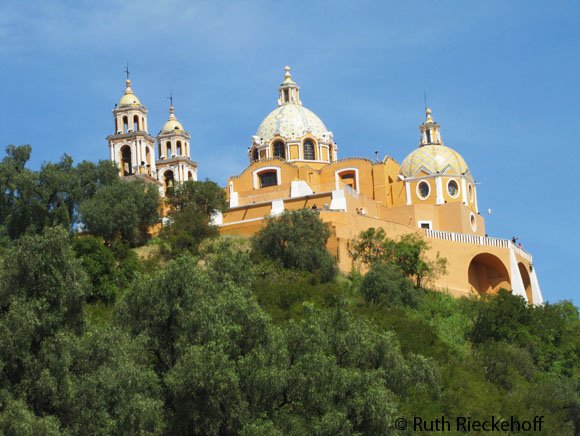
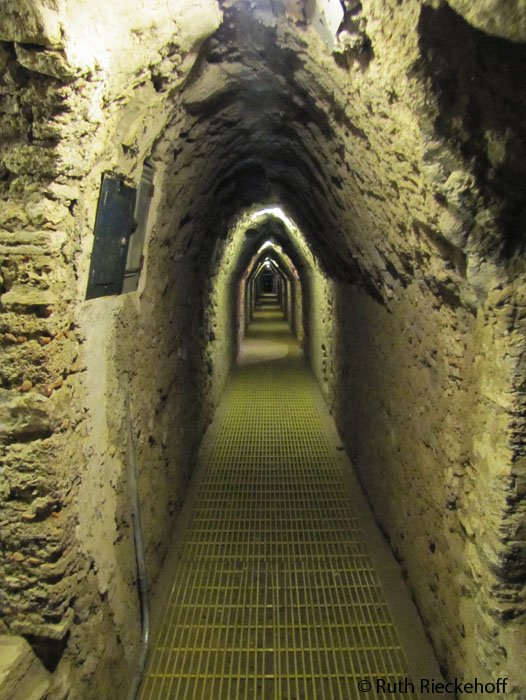


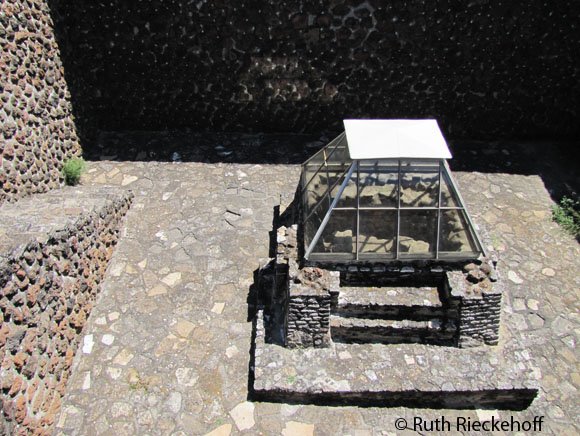
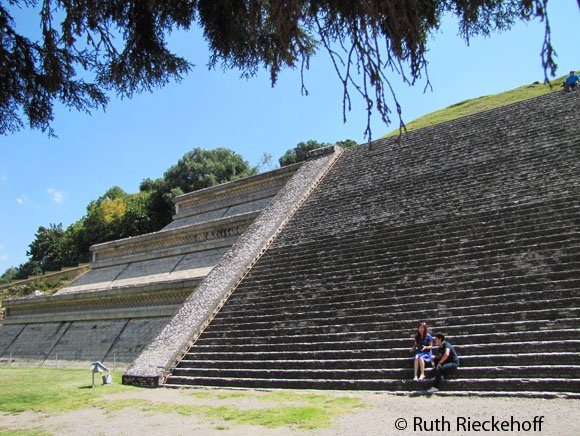

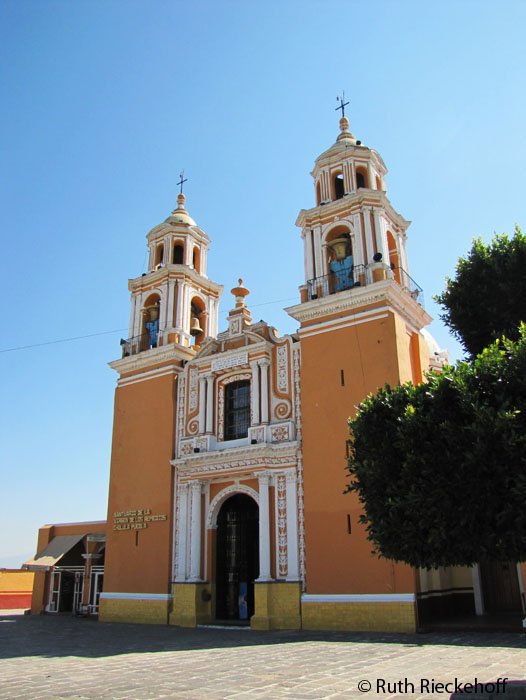
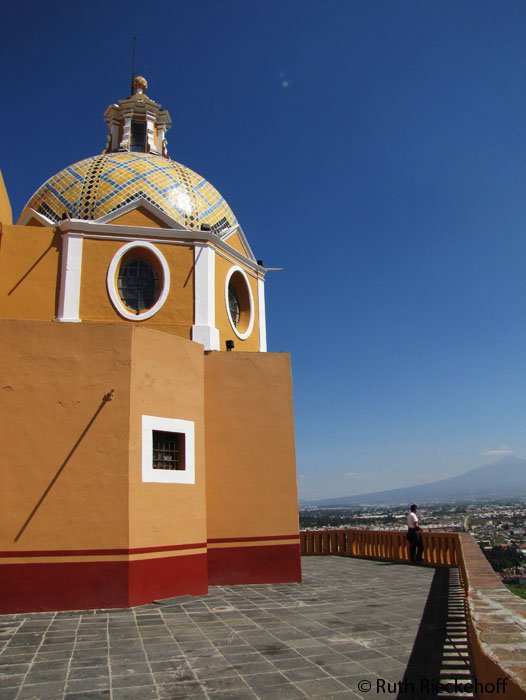


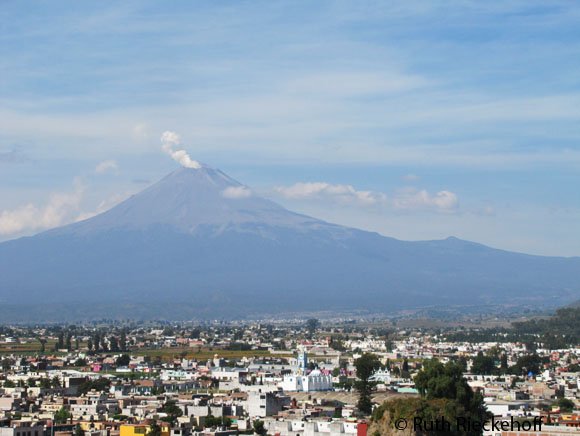
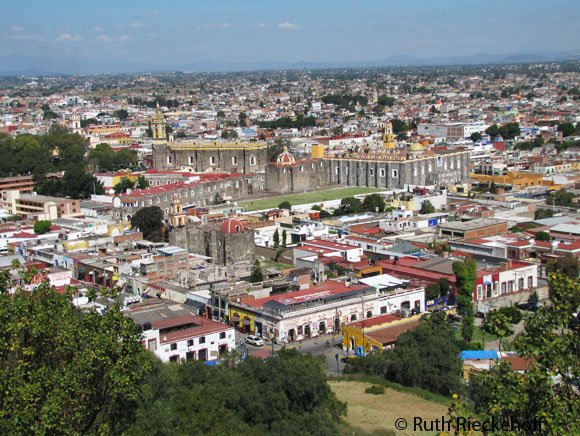

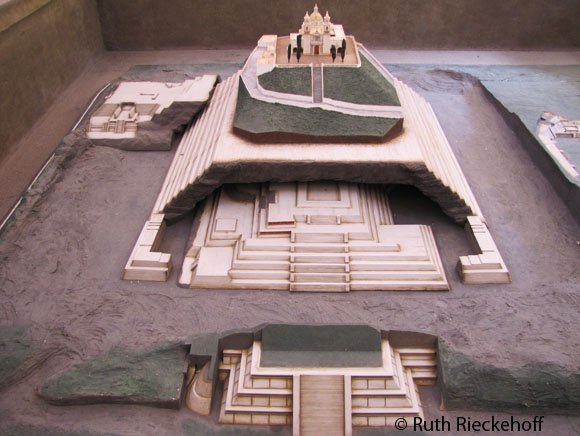
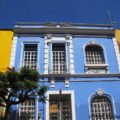

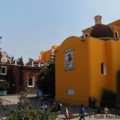

Stephanie says
I have read a great deal about this site in the book: The Conquistadors. There is so much history yet to be told and shared. So very exciting. Glad you got there for me. The world is full of wonder.Stephanie